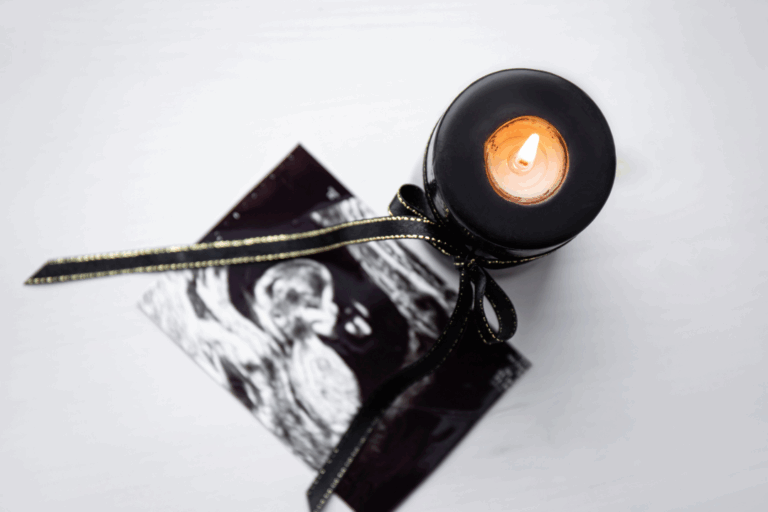The fourth trimester is a time in our lives as new parents to a brand new baby that we often underestimate. We believe we will be so in tune with our baby’s needs (and that they will never cry) that the first 3 months after birth as usually the most challenging for parents.
The Fourth Trimester: what is it exactly?
In the last trimester of pregnancy, your little one’s sensory systems begin to make connections in the brain. This is when learning starts. But unlike other mammals, human babies are born relatively immature. They don’t stand up and walk or feed themselves a newborn calf. The human baby has limited ability to act on their world. They cannot fend for themselves or survive without a parent. They can’t even soothe themselves and depend on their parents to settle them and respond to their cries. This is particularly so during the first three months of the newborn’s life or the fourth trimester.
The easiest way to settle your baby at this time, is to mimic the womb world.
Mimicking the womb world in the Fourth Trimester:
What do I mean when I say mimic the womb world? Simply create (or re-create) the calm, familiarity of the womb once your baby is born. Our lives are so busy and we already have a schedule for when our little ones arrive – photo shoots, family visits, a new sleep space – it’s a lot for your baby’s brand new sensory system to process. Here’s how to re-create the womb for a calmer, happier infant:
Touch
For nine months, the only form of touch your baby has experienced is skin to skin – their bare skin against the womb walls, the feel of the cord and the sensation of their own touch. Once your baby arrives, place your newborn baby naked – skin-to-skin on your chest. Cover yourself with a blanket or towel to keep your baby warm.
Miraculously, a mother’s chest can increase or decrease by 2 degrees to regulate her baby’s body temperature. This perfectly natural position is commonly called Kangaroo Mother Care and it’s best to ‘kangaroo’ your baby for as many hours as possible in the early days. If your baby is born healthy by caesarean section, they can also be warmed up on your chest instead of being placed in a clinical incubator – discuss this with your OBGYN.
Swaddling is very important in the early days. It’s the best way to imitate the tight hug of the womb environment. Swaddling provides deep-touch pressure and also stops little limbs from shooting out which is a common cause of night wakings in young babies. A swaddled newborn is a more settled baby and will sleep for longer stretches. For the first nine to twelve weeks, swaddle your baby for all sleeps and when unsettled or colicky.
A few points to remember about swaddling:
- Ensure your baby has some time to kick free of the swaddle when awake
- Swaddle your baby’s hands near to their face so they can suck on them to self soothe and regulate their body temperature if they’re getting too warm.
- Don’t swaddle your baby with their hands by the sides because your baby will not be able to self soothe or to regulate their temperature.
Smells
Your newborn’s sense of smell is finely tuned at birth. They love the smells that are familiar smells of the womb and the sweet smell of breast milk. Don’t wash your baby immediately after birth. Wipe them down if they are a little bloody but don’t wash off the vernix.
There is evidence that unwashed babies bring their hands to their mouths sooner after birth than washed babies. Sucking on their hands is one of the first, really clever and important strategies a baby will use to self-calm. It’s also important to the development of self-regulation. Aside from vernix, the soothing smells of you is the best olfactory input at this stage. In the early days, keep your new baby’s space free from any scents because their sense of smell is so sensitive. And remember that an item of clothing that smells of mum or dad in the cot is comforting, too.
Sight
Create a visually soothing space by dimming the labour room’s lights and bringing your baby to your chest, 20-25cm /8 inches from your eyes. This is the perfect distance for them to focus on your eyes. A calming sensory space is also important because like smell, the sight sense is a very powerful system for your new baby. Other important tips include:
- Decorate your baby’s room in muted and calm colours.
- Have a light dimmer switch or a nightlight so that the room can be dimmed when your little one is fractious.
- Don’t place any toys or mobiles in the cot or crib.
- The cot must be a calm sleeping space only, not a stimulating play area.
- For encouraging eye-focus, a few contrasting colour toys or pictures (red, black and white) should be in the room, but keep them near the changing mat where it is appropriate for your baby to be awake and stimulated.
Sounds
The newborn is familiar with and soothed by your voice. For a period of time, immediately after birth, your new baby will be calm and alert, listening and focusing well. Talk quietly to your baby to calm them after birth. White noise and womb sounds are calming in the early weeks. Buy or make a recording of white noise or play a track of calming music ‘mixed’ with the steady beating of a heart.
Movement
Babies are best soothed with rhythmic movement and rocking. In the early days, many babies don’t settle unless they’re held. Don’t worry about ‘spoiling’ your baby or that your baby is ‘manipulating’ you. The reality is that in the fourth trimester, a baby does not have long-term memory that would create expectations for how they need to be soothed. Rather, the newborn has a sensory need for the womb and holding and rocking reenacts the womb space for the new born. With that in mind, a sling is a wonderful tool for soothing fractious newborns.
Remember that the first three months are a period of enormous transition and adjustment for you and your baby. By mimicking the womb world, you can calm your baby effectively. Swaddling, white noise, and carrying your baby are just three examples of strategies that imitate the womb world and calm babies in the fourth trimester. For more tips and practical advice to soothe your baby, subscribe to Parent Sense – the all-in-one baby app that takes the guesswork out of parenting.




